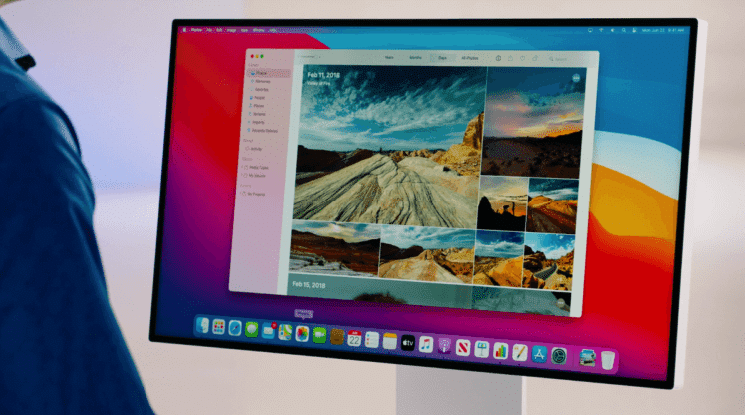Apple is one of the few companies that has set up regular updates for all of its devices and trained users to install them. This avoids fragmentation of operating systems and effectively protects updated computers, smartphones and tablets from various bugs and vulnerabilities. Sometimes, the latest updates are quite problematic, causing reduced battery life or interruptions in wireless connections. However, there are also more serious flaws, as is the case with macOS Big Sur.
macOS Big Sur suffers from a bug that allows it to start installing an update, no matter how much free disk space is left. This can provoke the loss of all accumulated data, which will be impossible to recover without a backup copy.
Insufficient memory to update Mac
This is the error users get when, during the update, it turns out that there is not enough memory to install the update.
Here’s a little texture. macOS Big Sur requires 35 GB of free space to install. This is necessary because two versions of the OS will be installed on the Mac at once: old and new. Simultaneously, the macOS Big Sur installation file takes up almost 13 GB, which is not included in those 35 that are required to start the installation.
To update, the user needs almost 50 GB, which many owners have 128-, and 256-GB models, however, too – often do not appear. Yes, intermediate versions weigh much less, but this does not change the essence, because some may not even have 5-10 GB, not to mention large volumes.
Ignoring this aspect, macOS Big Sur starts the installation, and as all the update components are unpacked, it consumes the available space. However, at some point, there is not enough space, and the installation fails. A notification appears on the screen that an error occurred while preparing a software update, and from that point on the Mac freezes.
macOS update failed – What to do?
If you have a backup copy, then we can assume that nothing terrible has happened. You can erase the data from the disk, reinstall macOS, and restore whatever was lost. If not, or have a computer with a T2 chip that encrypts all data, then the only thing left for you is installing the operating system and setting up the computer as new.
- After turning on your Mac, immediately press and hold the CMD and R keys;
- Release them when the Apple logo or other startup screen appears;
MacOS recovery is very convenient, but you won’t get your data back
- If necessary, enter the password and select “Reinstall macOS Big Sur”;
- Confirm clearing your data and start reinstalling macOS.
Apple has not yet commented on this bug, although it really is the time because it affects all new versions of macOS Big Sur: 11.2 and 11.3. At the same time, when switching from Catalina to Big Sur and from Big Sur 11.1 to 11.2, the problem may not appear. It’s not very clear what this is connected with. But it is much more strange that even macOS Big Sur 11.3, which is now in beta testing, also suffers from the described bug. This means that the developers have not yet fixed it.
However, you yourself can prevent the occurrence of such a situation. You need to read the update’s system requirements and monitor the amount of remaining disk space. If it’s 5-10 GB, then don’t even start upgrading. It is better to take an external drive or cloud, transfer all important data there, and start the update. Otherwise, you risk losing all your data.
